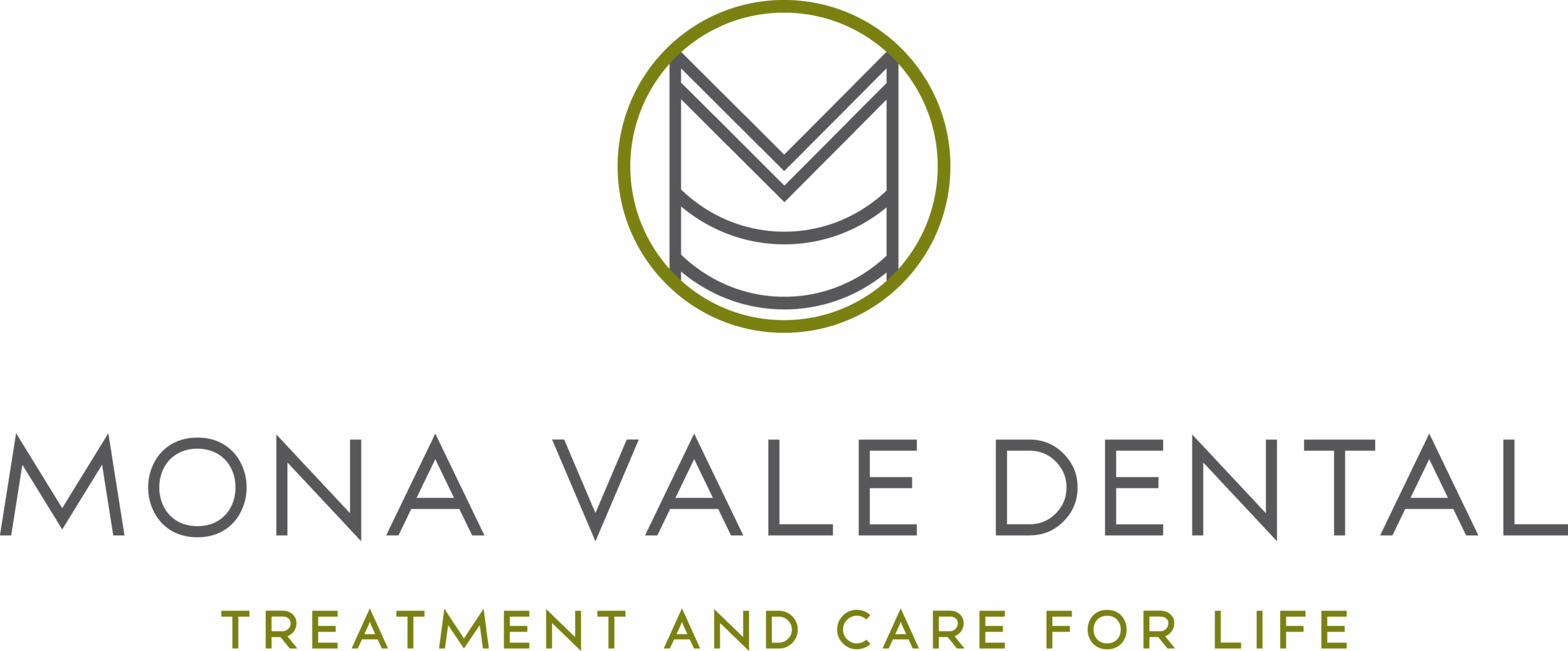If you’re considering dental veneers, your dentist will most likely present you with two options: composite veneers or porcelain veneers. Both composite and porcelain laminate veneers have their benefits, drawbacks, and unique considerations. Let’s explore both types of veneers and our personal recommendations.
Understanding Different Veneers

Porcelain laminate veneers are thin “shells” of porcelain bonded to the front of the tooth. Composite veneers are made from a synthetic mix of resin (plastic) with glass, and they’re applied to the tooth one layer at a time.
Composite resin veneers are added to each tooth in single layers. These are sculpted in place by the dentist and only take a single session to complete. Porcelain veneers are customised in a laboratory to perfectly match individual colour, shape, and size requirements. The entire process takes three sessions, including the consultation.
Advantages and Disadvantages of Veneers for Your Teeth
Now that we understand the difference between the types of veneers, let’s look at the benefits and disadvantages of each type.
Composite Resin Veneers
- Treatment can be done in a single visit
- Less expensive than porcelain veneers
- Damage can be repaired (chips and cracks)
- Less enamel is removed from the natural teeth
- Tends to stain more easily
- Less durable than porcelain
- Repaired chips and breaks are often visible
- Shorter lifespan (around eight years)
- Not as realistic looking as porcelain
Porcelain Veneers
- Stronger, more durable material
- Longer lifespan (at least 10 years, but often longer)
- Most natural, mimicking the way that teeth reflect light
- Highly stain resistant
- They cannot be repaired, so they must be replaced if damaged
- It takes longer to complete the treatment
Life With Dental Composite Veneers vs. Porcelain Veneers

Understanding how veneers impact your daily life helps ensure they last longer and look great. Let’s look at some common areas where composite and porcelain options differ.
Daily Activities
With porcelain veneers, you can enjoy drinks like coffee, tea, and wine due to their stain resistance. They also provide better protection during sports, though they cannot be repaired if damaged. It would be better to use straws for dark beverages if you have composite veneers since they’re not as resistant to stains. Both types of veneers need a mouthguard during contact sports, and if you grind your teeth, you’ll need a night guard regardless of which type you choose.
Care and Upkeep
Composite veneers need gentler brushing to prevent wear, and you’ll need to avoid heavily alcohol-based mouthwash since it can damage the material. They also need more frequent professional cleaning to maintain their appearance. Porcelain veneers are more resilient, so you can brush with standard pressure and use any type of mouthwash. They typically only need annual professional cleaning to stay in top condition.
For both types, use a soft-bristled toothbrush twice daily with non-abrasive fluoride toothpaste, avoiding whitening agents. Whether you choose soft floss or a water flosser, careful flossing around the edges helps prevent problems.
Long-Term Veneer and Teeth Protection
Composite veneers need quick cleaning after foods that stain. They also need touch-ups and polishing to keep looking good, and your dentist can fix small damages. Porcelain veneers stay shiny without polishing and resist wear better. But if they crack, you’ll need new ones—they can’t be fixed.
Both types need checkups every six months. Never bite hard things or open packages with your teeth, and avoid very hot drinks right after cold ones. Call your dentist right away if you spot chips or cracks or if they feel loose.
The Best Composite and Porcelain Veneers in Sydney

At Mona Vale Dental, we offer both options of dental veneers. This means whichever option you choose, you’ll have the best for your needs and goals. We recommend porcelain veneers if your budget allows since they last longer and have a much better aesthetic result. If you’re interested in dental veneers, reach out for an appointment and we’ll offer a personalised recommendation that’ll work best for you and your situation.


